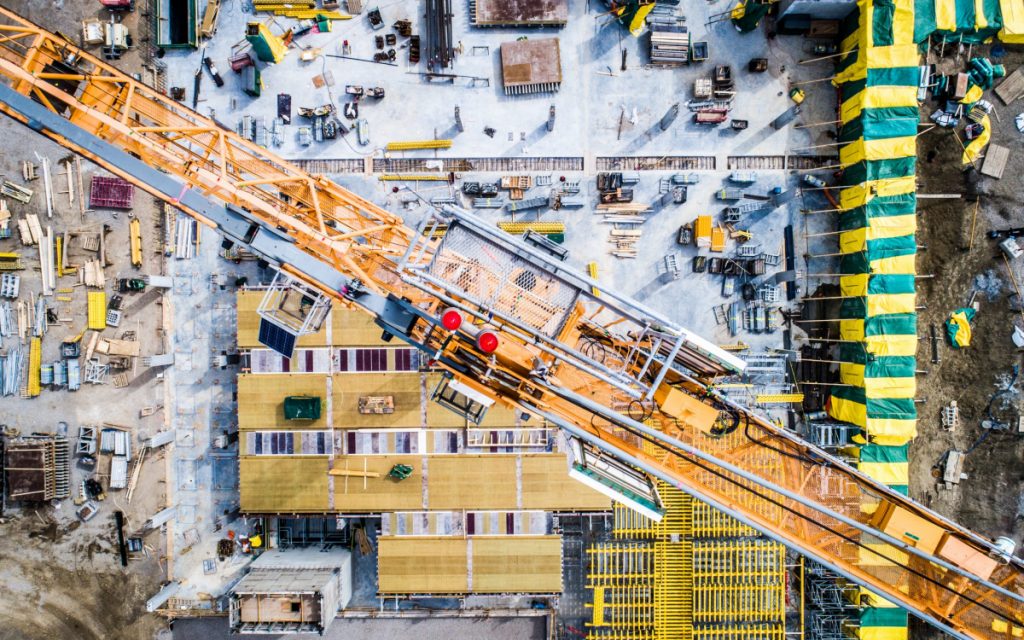- Plan ahead and identify potential risks to create a risk management plan.
- Have a solid contract in place outlining the scope of work, budget, and timeline.
- Use technology for hazard identification and control measures and invest in surety bonds for added protection on larger projects.
- Build strong relationships with vendors and subcontractors by considering contingency plans for unexpected events.
- Invest in proper training and safety protocols for your employees, and stay up-to-date on industry regulations to ensure compliance.
As a construction company owner, you understand the importance of managing risk in the construction industry. Every project is unique, with its own set of challenges, and it’s crucial to have a strategy in place to mitigate risk. Knowing what risks to anticipate and being prepared to deal with them can make a significant difference in the success of your projects and your reputation as a reliable contractor. Here are some strategies for mitigating risk in the construction business.
Plan ahead and identify potential risks.
The first step to mitigating risk is to plan ahead and identify threats before they happen. Start by analyzing each project and creating a risk assessment that identifies potential hazards and the likelihood of those hazards occurring. Consider the impact of each risk on the project timeline, budget, and safety. Once risks are identified, create a risk management plan that outlines the steps you will take to minimize or eliminate each risk. Here are some other things you can do:
Have a solid contract in place.
Having a solid contract in place can help mitigate risk and protect your business. Ensure that the agreement clearly outlines the scope of work, budget, timeline, payment schedule, and change order procedures. Include clauses that address potential disputes, delays, and unforeseen circumstances. You can also contact a lawyer to check your contract’s compliance with local laws and regulations.
Use technology to manage risk.
Incorporating technology into your risk management strategy can help you identify and prevent potential hazards on the job site. Use software that can help track project progress, monitor employee productivity, and provide real-time alerts of any safety concerns. Drones and cameras can also be used to give a bird’s eye view of the job site and identify potential hazards. Mobile apps are available to help employees conduct safety inspections and report accidents or incidents.
Consider surety bonds.

Surety bonds are a vital part of any construction business’ risk management strategy. A secure surety bond is a type of insurance that guarantees the completion of a project and protects against potential losses due to financial or contractual default. This can be especially beneficial for large projects, as it provides additional protection from potential risks.
Build strong relationships with vendors and subcontractors.
The construction industry is built on relationships, and having strong partnerships with vendors and subcontractors can help mitigate risk. Choose vendors and subcontractors who have a solid reputation, the right experience, and a commitment to safety.
Verify insurance coverage from subcontractors and confirm they have the appropriate licenses and certifications required for the project. This will help to ensure that your subcontractors are reliable and can meet the requirements of the project.
If possible, create contingency plans. Create a plan for how you will address any issues that arise during the project. Consider potential setbacks such as delays in materials, labor shortages, and bad weather, and have a contingency plan in place to mitigate the impact of these unexpected events. This could include an increase in staff or additional funding sources to cover costs.

Invest in proper training and safety protocols.
Investing in training and safety protocols for your employees is essential for mitigating risk. Ensure that all employees understand the risks involved in their work and know how to take appropriate measures to prevent accidents. Here are some things you can do:
Provide regular safety training.
Investing in proper training and safety protocols for your employees is essential for mitigating risk. It’s crucial for employers to provide regular safety training to ensure that employees are aware of the risks associated with their work and understand how to avoid them. Training programs should focus on job-specific hazards, such as working from heights, operating machinery, working in confined spaces, and hazardous materials.
Invest in hazard identification and control measures.
Identifying and controlling hazards on the job site is an integral part of mitigating risk. Invest in hazard identification and control measures to help identify potential threats before they occur. This could include conducting regular safety inspections, implementing preventive maintenance procedures, or investing in hazard warning systems such as signs or alarms.
Stay up-to-date on industry regulations.
Finally, staying up-to-date on the latest industry regulations is critical to mitigating risk. Keep track of any changes in local laws and regulations that could affect your business, and make sure you comply with all applicable safety requirements. This will help ensure that your projects are completed safely and efficiently while protecting your business from potential risks.
Mitigating risk is essential for success and profitability in the construction industry. By implementing these strategies, you can identify potential hazards, create a risk management plan, build strong relationships with vendors and subcontractors, invest in proper training and safety protocols, use technology to manage risk, and have a solid contract in place. Remember, prevention is always better than reactive measures, and the steps you take to mitigate risk can make all the difference in the success of your projects and the reputation of your business.

